Toki 5cm with Koru
This toki was made for a sons graduation. A reminder of the achievement he has accomplished and the respect he has earned.
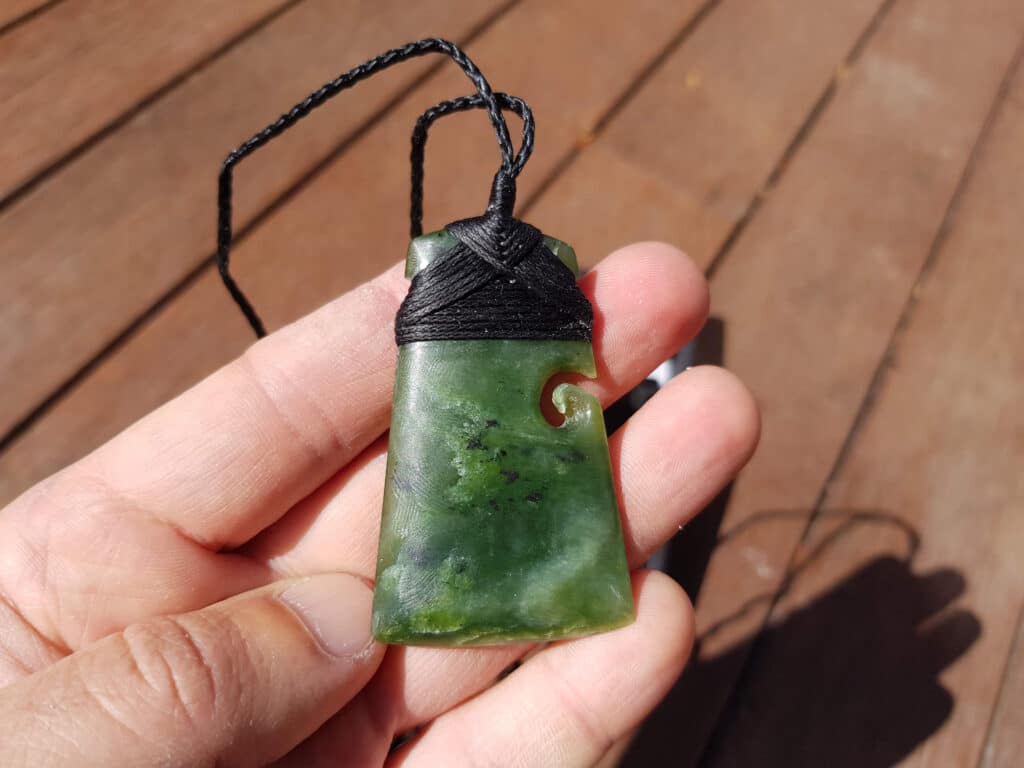
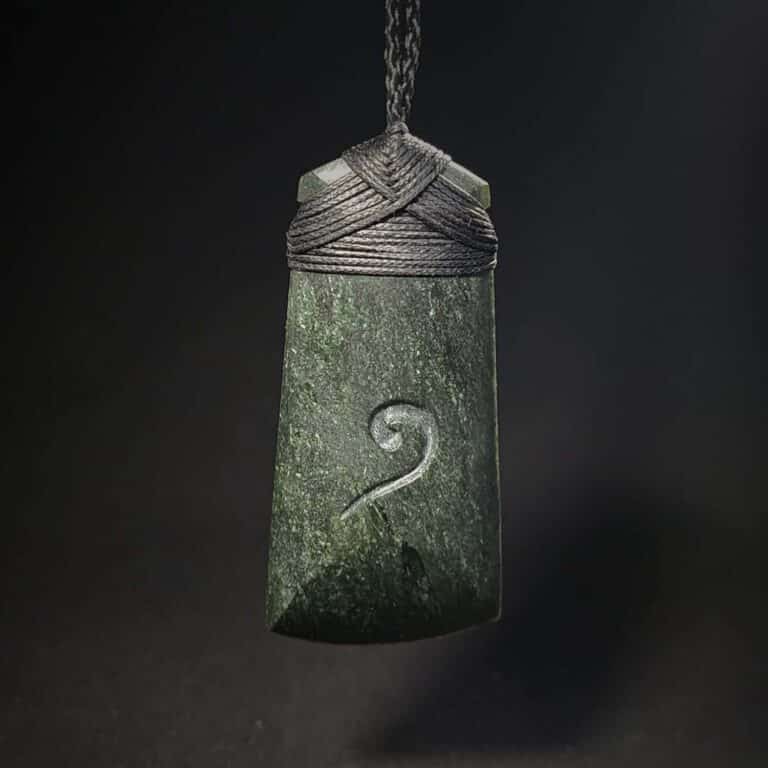
I recently completed Toki Whakatipu, an 8cm-long commission carved from deep green Kawakawa Pounamu, as a gift for a couple getting married. This piece is a companion to the Mātau Whakatipu, which I created earlier as a symbol of growth and new beginnings. Together, these taonga form a meaningful set, each complementing the other in…
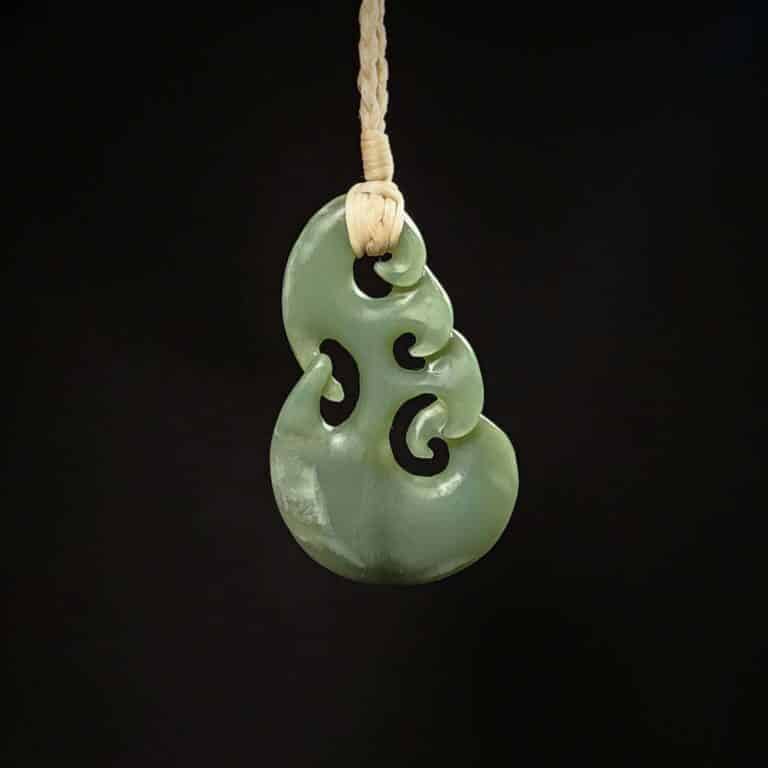
This piece was created with a deep appreciation for the connections and stories that taonga carry through generations. Standing at 55mm tall, it features an intricate design of flowing koru, fully carved on both sides, symbolising growth, unity, and the intertwining paths of life. Carved from beautiful inanga Pounamu, the stone reveals classic pale green…
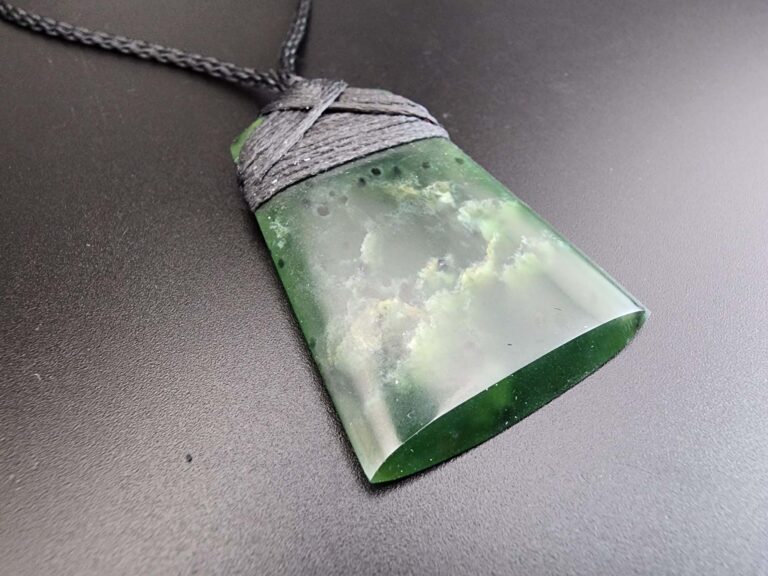
Kia ora, friends. Sometimes you need to create something just because your hands itch to do so, you know? That’s how I felt the other day. I found myself with a beautiful piece of kawakawa pounamu, and all of a sudden, I could see its true shape waiting to come out. This toki (adze) design…

Basalt, a dense and hard volcanic rock, has been a prized material for carving throughout New Zealand’s history. Its strength and durability made it ideal for both tools and adornments. I recently had the privilege of carving a toki (adze) from a piece of basalt sourced near Akaroa, a beautiful harbor town on the Banks…
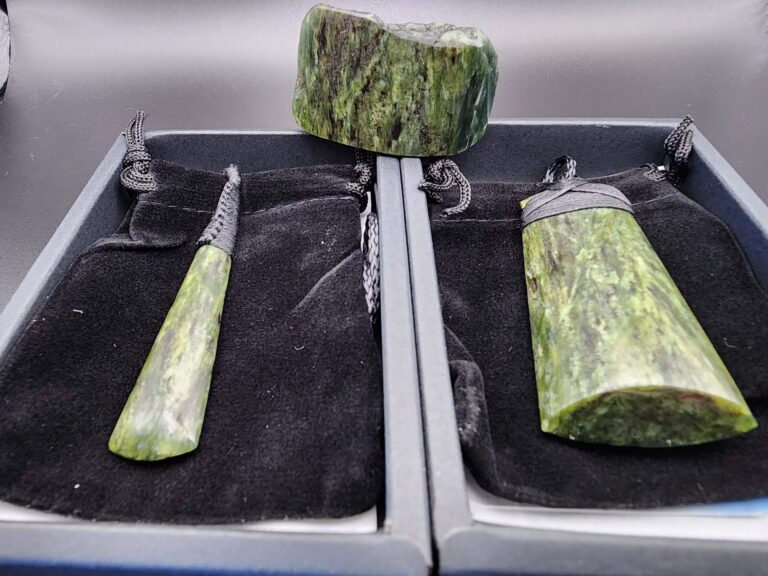
At Campbell Carving, we’re constantly amazed by the natural wonders that come through our doors. Recently, a customer brought in a pounamu cobble they found on the beach. What appeared to be an unassuming stone held a hidden treasure trove of colour inside! This particular pounamu revealed stunning shades of green, ranging from deep emerald…
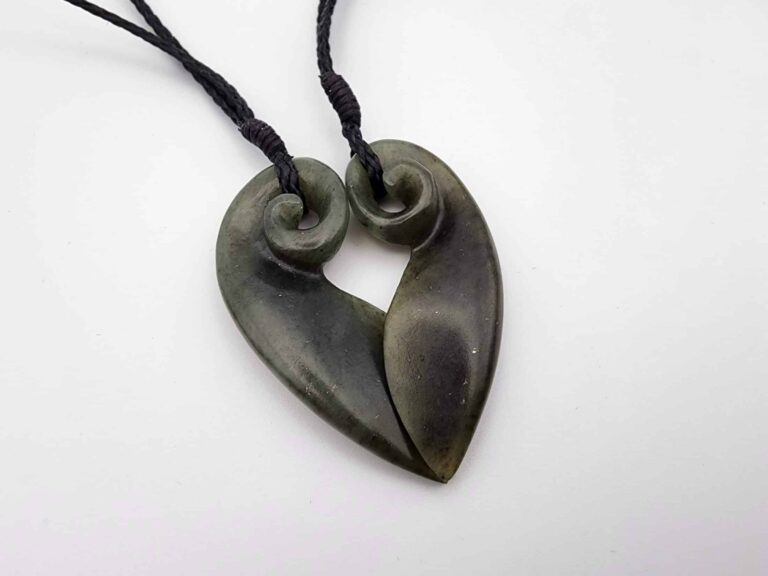
This set of koru pendants, named ‘Arohanui,’ captures a son’s love for his mother. Each koru, from the same piece of hapopo pounamu, signifies their life-long bond. The koru represents new beginnings, peace, and personal growth. This set, when joined, forms a mutual embrace, showing a shared journey of a mother and son. The pendants…